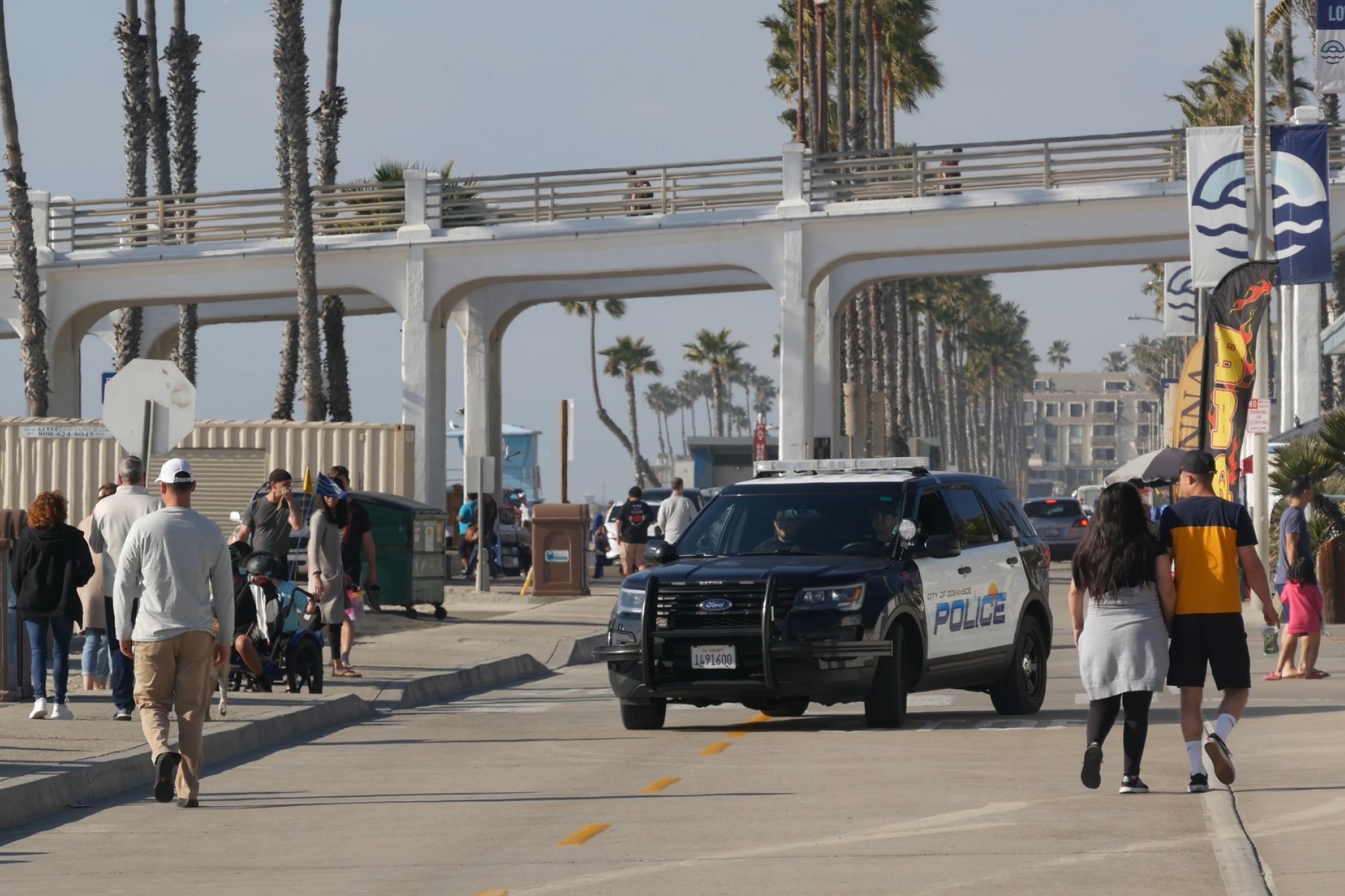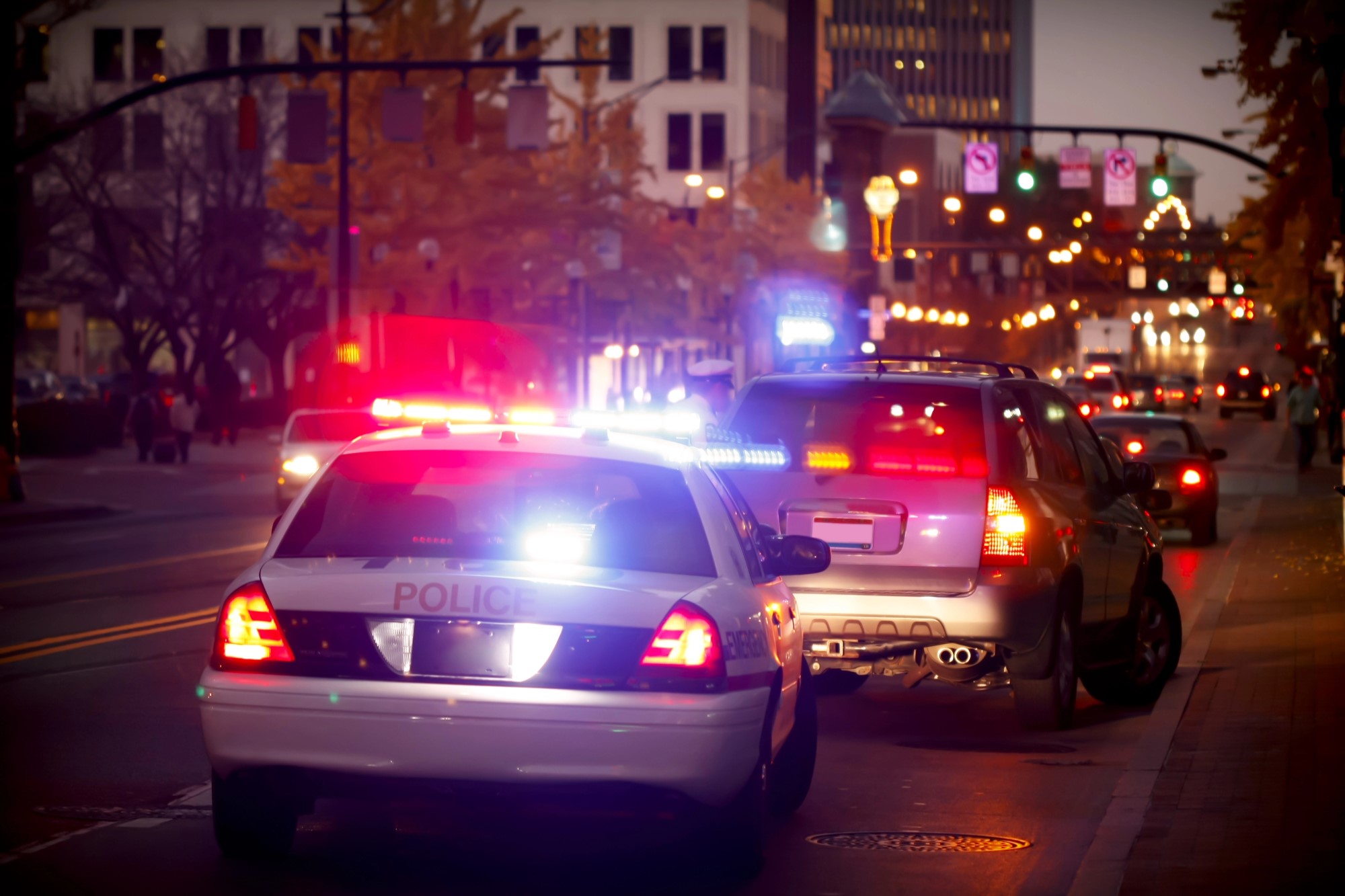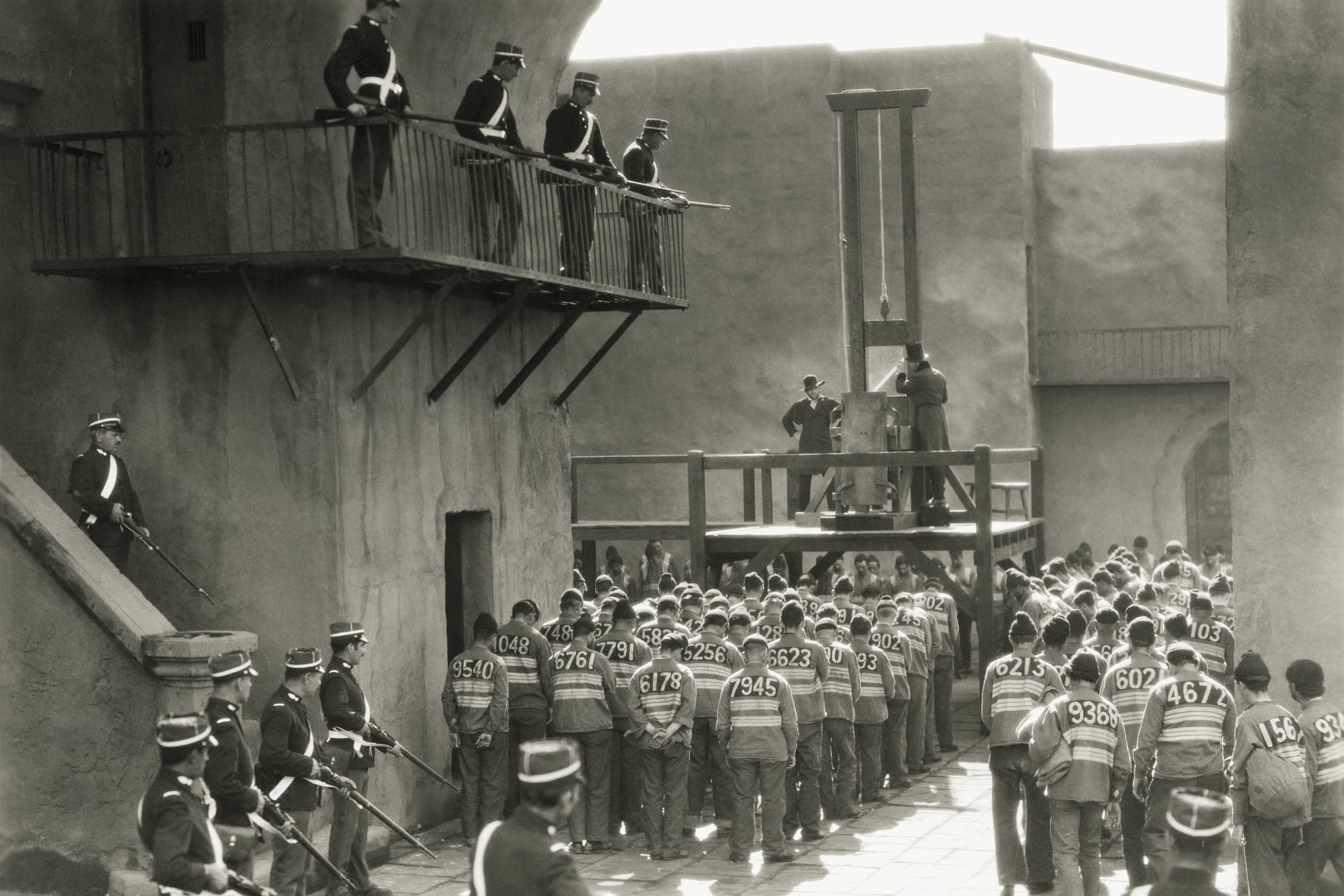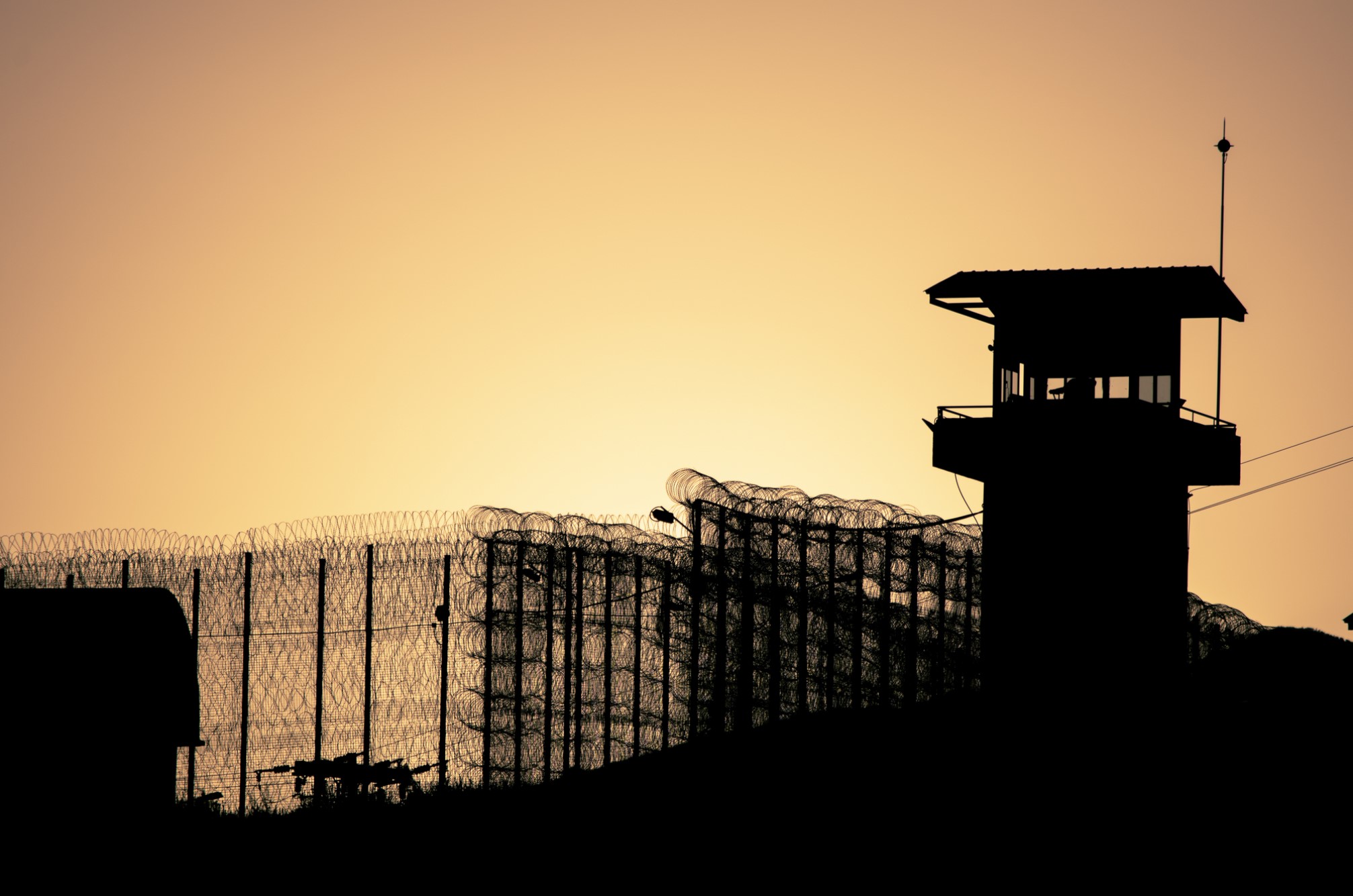The Implicit Bias of Zero Tolerance Policies
The promise of free and compulsory public education in the United States is the basis for an equal and educated citizenry and the foundation of our democracy. According to most, equal access to education levels the playing field and is the ultimate provider of social mobility and economic opportunity; therefore, we have the duty to inspect what threatens this access.
I’m not referring to enrollment in school, actually– I’m referring to its completion. There’s a gap growing in high school dropout rates. While the overall dropout rate for American high schools has radically decreased since 1990, the average high school graduation rate in the nation’s 50 largest cities was 53 percent, compared with 71 percent in the suburbs. One obvious reason for this difference in retention is the quality of schooling found in urban and suburban districts, but there’s a more nefarious attributor to this gap that has been garnering attention in educational and activist spaces: the existence of an effective school-to-prison pipeline.
According to Oxford’s 2009 Forum on Public Policy, the school-to-prison pipeline refers to a growing pattern of tracking students out of educational institutions, primarily via “zero tolerance” policies, and, directly or indirectly, into the juvenile and adult criminal justice systems.
There is an undeniable connection between the growth of the juvenile penal system and the skyrocketing high school dropout rate. This relationship is manifested through implicit bias as criminalization, which affects educational spaces’ ability to allow teachers to teach and students to learn. For example, in Philadelphia, the home of the “Zero Tolerance” response to juvenile crime, urban schools have one fifth of the incidents experienced in all other areas of Pennsylvania. However, students there are subject to twice the rate of arrests for these offenses.
The school-to-prison pipeline has emerged in the larger context of media hysteria over youth violence and the mass incarceration that characterize both the juvenile and adult legal systems. The obvious relationship we see is between over-policing in schools and subsequent higher rates in arrests for schoolchildren. We must inspect why zero-tolerance policies exist and are consistently instituted and upheld by school boards across the country. A positive feedback loop exists between the rise in juvenile arrest rates and the rise of political desire for further criminalization of urban juvenile populations, especially within communities of color. Generalized white paranoia and fear – demonstrated as implicit bias – do have demonstrable effects on the law-and-order apparatus. The conflict arises primarily from the perception of dangerous spaces and a “violent” urban, inner-city juvenile population and the lack of evidence for this claim; statistically, urban schoolchildren do not engage in more lawless behavior than their counterparts in “safer” districts. Where greater danger seems to present itself, districts push for high policing, and where there is higher surveillance over certain populations already targeted by implicit bias, more arrests and incarcerations occur.
Zero tolerance policies do the brunt of this work in urban school districts. In a highly policed school setting, educational spaces become personally dangerous for students for fear of immediate imprisonment or maximum disciplinary action. When schools become more politicized and hostile than the streets, students are both unable and unwilling to engage fully in the academic setting. In order for schools to be effective places of learning and growth, students must feel secure– not afraid.




